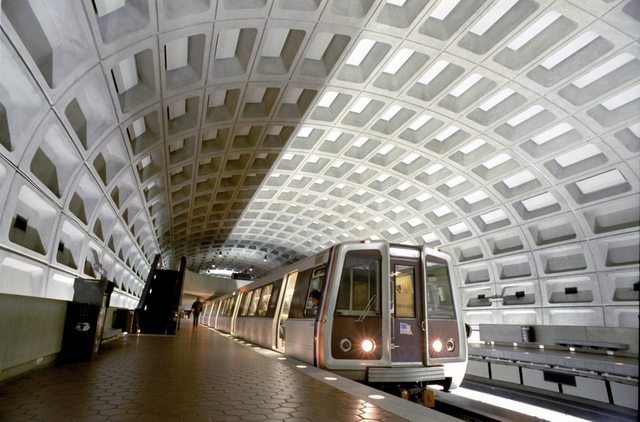The Washington Metropolitan Area Transit Authority (WMATA) has been undergoing a substantial upgrade of its wireless communications infrastructure, and distributed antenna system supplier Axell Wireless has been working with the agency and its systems integrators on the project.
MWATA has 86 stations and 106 miles of track. The agency operates a Comprehensive Radio Communications System (CRCS) at 490 MHz, and also needs coverage in 800 MHz for public safety.
The project included upgrading, augmenting and retrofitting the agency’s legacy coverage systems, including design and engineering support from Axell. One of the most significant portions of the project was incorporating Digital Signal Processing (DSP) filtering “noise gating” technology — a solution which Axell has patented — in order to reduce the noise from hundreds of remotes, according to Matt Thompson, vice president of sales for the Americas for Axell. Lowering the noise floor essentially breathed new life into the legacy system by balancing and improving noise levels, he said.
“By doing that, it opened up the whole system again,” Thompson added.
The project also included using 490 MHz line amplifiers to replace obsolete units; outdoor channelized repeaters using DSP for in-fill coverage in parking lots and stock yards; and fiber optic fed repeaters for station coverage along the new Dulles Corridor to the international airport.
Building redundancy into the head-end for the 490 MHz/800MHz systems was also a key piece, Thompson said.
“The biggest issue with public safety is redundancy — what happens if something goes down?” Thompson said. He said that Axell’s system actually involves two systems running so that if one fails, the other kicks in. And while commercial DAS installations in transit systems typically extend to the main terminals, public safety agencies commonly want at least 97% of the transit system covered, from stations to tunnels and stairways that first responders would need to navigate in case of an emergency.
Axell has particular expertise in tunnel systems, with installations around the world including the 31-mile Eurotunnel connecting the United Kingdom and France. Some of its U.S. projects include the Lincoln and Holland tunnels in New York City (case study pdf).

